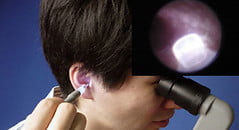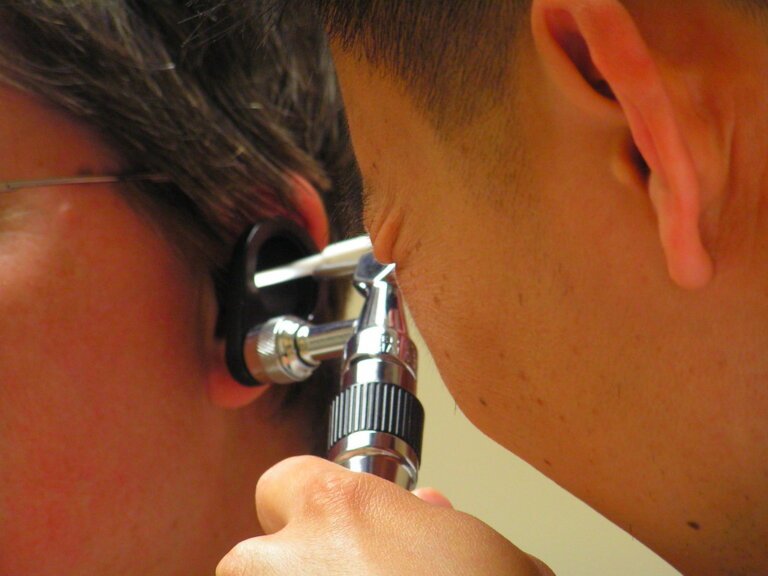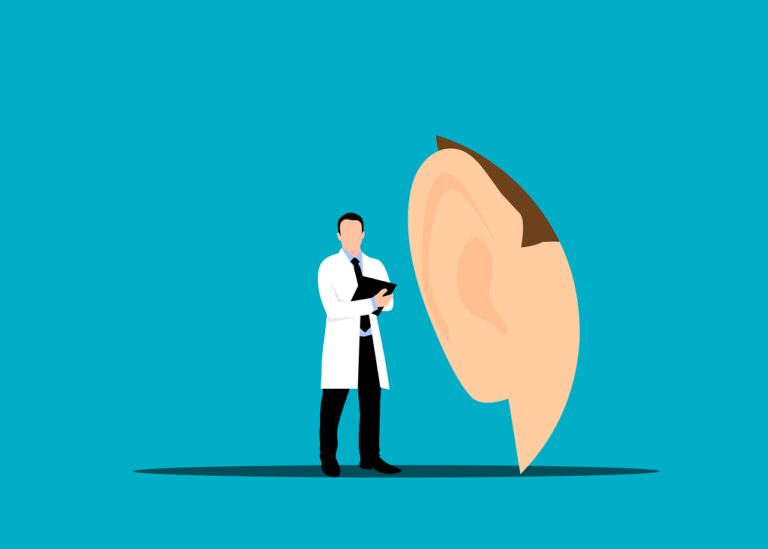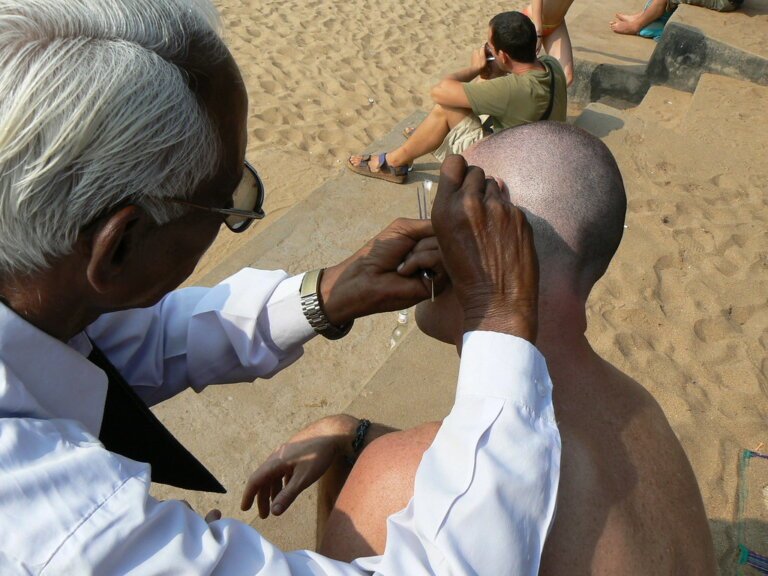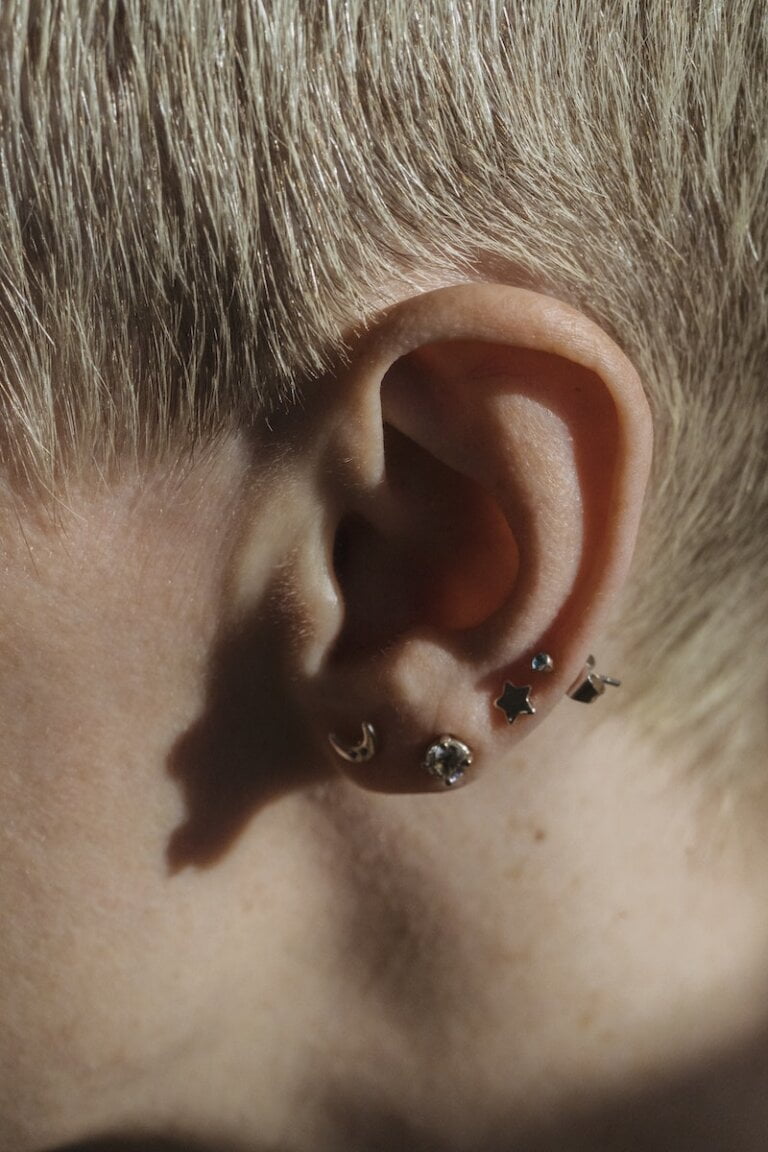A Guide to International Certifications in Manual Instrument Ear Wax Removal
Last Updated on 3rd May 2024 by Admin
Ear wax buildup can often cause discomfort and even lead to hearing loss. To address this issue, many individuals turn to manual instrument ear wax removal techniques. However, it’s crucial to ensure that the practitioner performing this procedure is well-trained and certified. In this guide, we will explore international certifications related to manual instrument ear wax removal, providing valuable information for both professionals and those seeking these services.
Why Certifications Matter
Certifications are essential for manual instrument ear wax removal practitioners as they demonstrate that the individual has acquired the necessary knowledge and skills to perform the procedure safely and effectively. Certifications also provide reassurance to clients, ensuring that their ear wax removal will be performed by a qualified professional.
Certifications matter for several reasons:
- Expertise: Obtaining a certification requires rigorous training and examinations, ensuring that practitioners have a comprehensive understanding of ear anatomy, physiology, and safe removal techniques. These certifications validate their expertise and competence in providing high-quality services.
- Safety: Certified practitioners are well-versed in the potential risks and complications associated with ear wax removal. They follow strict protocols to minimize these risks and prioritize patient safety. By choosing a certified professional, clients can have confidence in the safety of the procedure.
- Quality: Certified professionals adhere to industry standards and best practices, ensuring that they provide optimal service and achieve favorable patient outcomes. The knowledge and skills acquired through certifications allow practitioners to deliver high-quality care consistently.
- Reputation: Certifications enhance the reputation of practitioners and the clinics or healthcare facilities they work in. Being certified demonstrates a commitment to professionalism and continuous learning, which can attract more clients and build trust within the community.
International Certifications for Manual Instrument Ear Wax Removal
1. European Association of Otorhinolaryngology – Head and Neck Surgery (EAORL-HNS)
The EAORL-HNS offers a certification program specifically designed for professionals in the field of otorhinolaryngology. This certification ensures that practitioners have a thorough understanding of the anatomy and physiology of the ear, as well as the necessary skills to perform manual instrument ear wax removal.
The certification program offered by EAORL-HNS covers various topics, including:
- Ear anatomy and physiology: In-depth knowledge of the structures and functions of the ear.
- Ear wax removal techniques: Training on safe and effective manual instrument ear wax removal methods.
- Patient assessment and safety: Understanding how to assess patients for ear wax buildup and ensuring their safety during the procedure.
- Infection control measures: Implementing proper infection control protocols to prevent the spread of infections.
- Continuing education: The certification program encourages ongoing professional development to keep practitioners updated with the latest advancements in ear wax removal techniques and technologies.
2. International Association of Ear Care Practitioners (IAECP)
The IAECP provides a certification program for individuals interested in becoming ear care practitioners. This certification covers various aspects of ear care, including manual instrument ear wax removal. Professionals who hold this certification have demonstrated their competence in performing safe and effective ear wax removal procedures.
The IAECP certification program includes the following components:
- Ear anatomy and physiology: Comprehensive knowledge of the ear’s structure, function, and common disorders.
- Instrumentation and techniques: Training on different instruments used in ear wax removal and the proper techniques for their use.
- Patient communication and care: Developing effective communication skills to educate patients about the procedure and provide appropriate aftercare instructions.
- Safety and infection control: Understanding and implementing safety measures to ensure patient well-being and prevent infections.
- Professional ethics: Learning about ethical considerations and professional conduct when performing ear wax removal procedures.
3. British Academy of Audiology (BAA)
The BAA offers a range of certifications for professionals working in the field of audiology. These certifications include modules on manual instrument ear wax removal, ensuring that practitioners have the necessary knowledge and skills to provide this service safely and effectively.
The BAA certification program covers the following areas:
- Ear examination and assessment: Techniques for evaluating the ear’s condition and identifying the presence of ear wax buildup.
- Instrument selection and usage: Understanding the different instruments used in manual instrument ear wax removal and their appropriate application.
- Patient management: Developing skills to effectively communicate with patients, address their concerns, and provide appropriate advice and guidance.
- Safety protocols and infection control: Implementing strict safety measures and infection control protocols to prevent harm to patients and ensure a sterile environment.
- Continuous professional development: Encouraging ongoing learning and staying up to date with advancements and best practices in the field of audiology.
4. American Board of Otolaryngology (ABO)
The ABO offers certification for otolaryngologists, which includes a comprehensive examination covering various aspects of ear, nose, and throat care. This certification ensures that practitioners have a deep understanding of manual instrument ear wax removal techniques, among other essential skills.
The ABO certification program encompasses the following key areas:
- Ear anatomy and physiology: In-depth knowledge of the structures and functions of the ear.
- Diagnostic evaluation: Proficiency in assessing ear conditions and identifying the presence of ear wax buildup through different diagnostic methods.
- Treatment techniques: Mastery of manual instrument ear wax removal techniques, including the ability to select appropriate instruments and perform the procedure safely.
- Patient care and safety: Understanding patient management, including providing appropriate pre-procedure instructions, ensuring patient comfort, and maintaining safety throughout the process.
- Continual professional growth: Demonstrating a commitment to ongoing education and staying updated with the latest advancements in the field of otolaryngology and ear wax removal.
5. International Hearing Society (IHS)
The IHS provides a certification program for hearing healthcare professionals, including those involved in manual instrument ear wax removal. This certification demonstrates the practitioner’s ability to perform safe and effective ear wax removal procedures while adhering to ethical standards and best practices.
The IHS certification program covers the following essential areas:
- Ear anatomy and physiology: Comprehensive understanding of the ear’s structure, function, and common disorders related to ear wax.
- Ear wax removal techniques: Proficiency in manual instrument ear wax removal methods and knowledge of alternative techniques.
- Patient counseling and education: Developing skills to effectively communicate with patients about ear wax removal, addressing their concerns, and providing appropriate education and follow-up care.
- Infection control and safety: Implementing stringent infection control measures to prevent the spread of infections and ensuring patient safety.
- Professional ethics: Adhering to ethical standards and best practices in hearing healthcare while maintaining patient confidentiality and trust.
Benefits of Certified Practitioners
Choosing a certified practitioner for manual instrument ear wax removal offers several benefits:
- Expertise: Certified professionals have undergone rigorous training and examinations, ensuring that they possess the necessary knowledge and skills to perform the procedure effectively. Their expertise allows for accurate assessment and safe removal of ear wax.
- Safety: Certified practitioners are familiar with the potential risks and complications associated with ear wax removal. They follow strict protocols to minimize these risks and prioritize patient safety. By choosing a certified practitioner, clients can have peace of mind knowing that their well-being is safeguarded.
- Quality: Certified professionals adhere to industry standards and best practices, ensuring high-quality service and optimal patient outcomes. They stay updated with the latest advancements in ear wax removal techniques and provide evidence-based care.
- Peace of mind: By choosing a certified practitioner, clients can have peace of mind knowing that their ear wax removal will be performed by a qualified professional. This assurance reduces anxiety and allows individuals to trust in the expertise and competence of the practitioner.
Finding Certified Practitioners
When seeking manual instrument ear wax removal services, it’s crucial to verify the certifications of the practitioners. This can usually be done by checking their credentials on their websites or contacting the relevant certification organizations directly. Additionally, seeking recommendations from trusted healthcare professionals or reading online reviews can help in finding certified practitioners with a good reputation.
To find certified practitioners:
- Check credentials: Visit the practitioner’s website or contact them directly to inquire about their certifications and training in manual instrument ear wax removal.
- Contact certification organizations: Reach out to the certification organizations mentioned in this guide to verify the practitioner’s certification status.
- Ask for recommendations: Consult trusted healthcare professionals, such as primary care physicians or audiologists, who may be able to recommend certified practitioners in your area.
- Read online reviews: Look for online reviews and testimonials from previous clients to gauge the quality of service provided by the practitioner.
Conclusion
Certifications play a vital role in ensuring that manual instrument ear wax removal procedures are performed safely and effectively. By choosing a certified practitioner, individuals can have confidence in the quality of service provided and minimize the risks associated with the procedure. Whether you are a professional seeking certification or a client seeking ear wax removal services, understanding the importance of international certifications in this field is crucial for optimal outcomes and patient satisfaction.
FAQ
1. Why are certifications important for manual instrument ear wax removal practitioners?
Certifications are important for manual instrument ear wax removal practitioners as they demonstrate that the individual has acquired the necessary knowledge and skills to perform the procedure safely and effectively. Certifications also provide reassurance to clients, ensuring that their ear wax removal will be performed by a qualified professional.
2. What are the benefits of choosing a certified practitioner for manual instrument ear wax removal?
Choosing a certified practitioner for manual instrument ear wax removal offers several benefits. Certified professionals have undergone rigorous training and examinations, ensuring that they possess the necessary expertise to perform the procedure accurately and safely. They adhere to industry standards and best practices, providing high-quality service and optimal patient outcomes. Selecting a certified practitioner also gives clients peace of mind, knowing that their well-being is safeguarded and that they are receiving care from a qualified professional.
3. How can I find certified practitioners for manual instrument ear wax removal?
To find certified practitioners for manual instrument ear wax removal, you can:
- Check the practitioner’s credentials on their website or contact them directly to inquire about their certifications and training.
- Reach out to the relevant certification organizations mentioned in this guide to verify the practitioner’s certification status.
- Consult trusted healthcare professionals, such as primary care physicians or audiologists, who may be able to recommend certified practitioners in your area.
- Read online reviews and testimonials from previous clients to gauge the quality of service provided by the practitioner.
4. Which international certifications are available for manual instrument ear wax removal?
There are several international certifications available for manual instrument ear wax removal. Some notable certifications include:
- European Association of Otorhinolaryngology – Head and Neck Surgery (EAORL-HNS)
- International Association of Ear Care Practitioners (IAECP)
- British Academy of Audiology (BAA)
- American Board of Otolaryngology (ABO)
- International Hearing Society (IHS)
These certifications ensure that practitioners have the necessary knowledge and skills to perform safe and effective ear wax removal procedures.

